-
 Bitcoin
Bitcoin $108,489.6704
1.13% -
 Ethereum
Ethereum $2,502.0528
2.92% -
 Tether USDt
Tether USDt $1.0002
0.00% -
 XRP
XRP $2.1941
0.51% -
 BNB
BNB $655.3375
1.00% -
 Solana
Solana $151.5977
1.27% -
 USDC
USDC $0.9999
0.00% -
 TRON
TRON $0.2768
0.32% -
 Dogecoin
Dogecoin $0.1676
2.86% -
 Cardano
Cardano $0.5675
0.98% -
 Hyperliquid
Hyperliquid $40.6109
7.48% -
 Bitcoin Cash
Bitcoin Cash $500.7746
2.09% -
 Sui
Sui $2.8328
2.03% -
 Chainlink
Chainlink $13.4452
1.26% -
 UNUS SED LEO
UNUS SED LEO $9.1623
0.39% -
 Avalanche
Avalanche $18.2267
2.24% -
 Stellar
Stellar $0.2382
0.00% -
 Toncoin
Toncoin $2.8885
1.68% -
 Shiba Inu
Shiba Inu $0.0...01159
0.91% -
 Litecoin
Litecoin $87.1827
0.88% -
 Hedera
Hedera $0.1511
2.90% -
 Monero
Monero $315.4992
-0.59% -
 Polkadot
Polkadot $3.4663
2.34% -
 Bitget Token
Bitget Token $4.6118
-0.65% -
 Dai
Dai $1.0000
-0.01% -
 Ethena USDe
Ethena USDe $1.0003
0.02% -
 Uniswap
Uniswap $7.2989
4.69% -
 Pepe
Pepe $0.0...01003
5.73% -
 Aave
Aave $275.5616
7.15% -
 Pi
Pi $0.5181
-2.49%
What role does blockchain technology play in cryptocurrency?
Blockchain underpins cryptocurrencies, providing decentralized, secure, and transparent transaction recording. Its immutability ensures integrity, though it also limits reversals. Various consensus mechanisms, like Proof-of-Work and Proof-of-Stake, offer different trade-offs in security and energy consumption.
Mar 13, 2025 at 03:46 pm
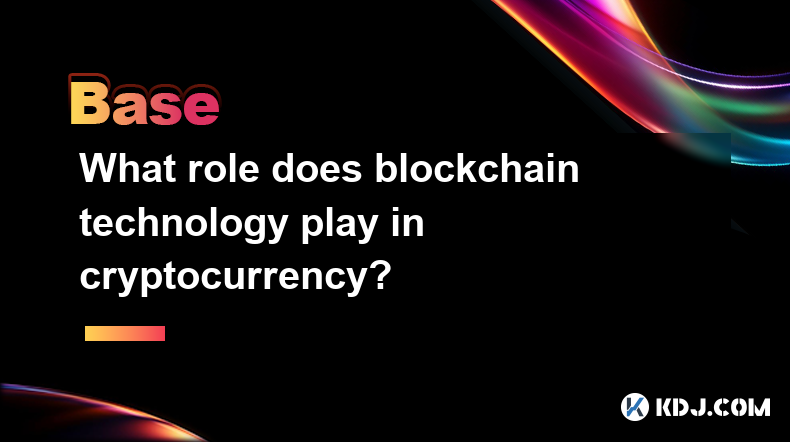
Key Points:
- Blockchain's role as the foundational technology underpinning cryptocurrencies.
- How blockchain ensures transparency, security, and immutability in cryptocurrency transactions.
- Decentralization and its impact on cryptocurrency's functionality and trust.
- The various consensus mechanisms employed in different blockchains and their implications for cryptocurrency.
- The challenges and limitations of blockchain technology in the context of cryptocurrencies.
What role does blockchain technology play in cryptocurrency?
Blockchain technology forms the very backbone of cryptocurrencies. Without it, the core principles of cryptocurrencies – decentralization, security, and transparency – would be impossible to achieve. It acts as a distributed, immutable ledger recording all transactions across a network of computers. This distributed nature prevents single points of failure and enhances security.
The most crucial role blockchain plays is in securing cryptocurrency transactions. Each transaction is verified and added to a "block" which is then added to the existing chain of blocks. This process, known as "mining," requires significant computational power and ensures the integrity of the record. Altering a single transaction would necessitate altering every subsequent block, making it computationally infeasible.
Transparency is another key aspect facilitated by blockchain. All transactions are publicly viewable (though user identities might be pseudonymous), promoting accountability and preventing fraudulent activities. This public nature, however, needs to be balanced with concerns about privacy. Various techniques are employed to enhance privacy while maintaining transparency.
Decentralization is a cornerstone of cryptocurrency and blockchain works to achieve it. Instead of relying on a central authority like a bank, the network itself verifies and processes transactions. This eliminates single points of failure and censorship, making cryptocurrencies resistant to government control or manipulation.
Different cryptocurrencies utilize different consensus mechanisms to validate transactions and add blocks to the blockchain. Proof-of-Work (PoW), popularized by Bitcoin, relies on computational power. Proof-of-Stake (PoS), used in Ethereum 2.0 and many other cryptocurrencies, relies on the amount of cryptocurrency staked by validators. Each mechanism has its advantages and disadvantages in terms of security, energy consumption, and scalability.
While blockchain offers significant advantages, it also presents challenges. Scalability remains a major concern, as the increasing number of transactions can slow down the network. High transaction fees can also be a deterrent, especially during periods of high network congestion. Furthermore, the energy consumption of some consensus mechanisms, like PoW, is a significant environmental concern.
The immutability of the blockchain, while a strength for security, also presents challenges. If a transaction is fraudulent, it cannot be reversed. This necessitates careful verification and due diligence before undertaking any cryptocurrency transaction. The complexity of blockchain technology can also be a barrier to entry for new users.
Blockchain's role extends beyond simply recording transactions. Smart contracts, self-executing contracts with the terms of the agreement directly written into code, are built on blockchain. These contracts automate processes and eliminate the need for intermediaries, further enhancing efficiency and trust.
The security of blockchain is dependent on the strength of its cryptographic algorithms and the robustness of its consensus mechanism. However, vulnerabilities can exist in the implementation of these technologies, making it crucial for developers to continually improve security measures and address any potential weaknesses.
Common Questions:
Q: How does blockchain ensure the security of cryptocurrencies?
A: Blockchain uses cryptography and a distributed ledger to secure transactions. Each transaction is cryptographically secured and added to a block, which is then linked to the previous block, creating a chain. Altering a single transaction requires altering the entire chain, making it extremely difficult. The distributed nature prevents a single point of failure.
Q: What is the difference between Proof-of-Work and Proof-of-Stake?
A: Proof-of-Work (PoW) requires miners to solve complex computational problems to validate transactions, consuming significant energy. Proof-of-Stake (PoS) requires validators to stake their cryptocurrency to participate in validation, reducing energy consumption. PoW is generally considered more secure but less energy-efficient than PoS.
Q: Can transactions on a blockchain be reversed?
A: No, transactions on a blockchain are generally irreversible. This immutability is a key feature of blockchain technology, ensuring the integrity of the ledger. However, this also means that fraudulent transactions cannot be easily undone. Extreme caution is therefore advised.
Q: What are smart contracts, and how do they relate to blockchain?
A: Smart contracts are self-executing contracts with the terms written in code and stored on a blockchain. They automate agreement execution, reducing the need for intermediaries and increasing efficiency and transparency. Their functionality relies heavily on the blockchain's immutable and transparent nature.
Q: What are the limitations of blockchain technology in the context of cryptocurrencies?
A: Blockchain faces challenges like scalability (handling a large number of transactions), high transaction fees during peak times, and energy consumption (particularly with PoW). Furthermore, the complexity of the technology can be a barrier to entry for new users. Privacy concerns also remain a significant consideration.
Disclaimer:info@kdj.com
The information provided is not trading advice. kdj.com does not assume any responsibility for any investments made based on the information provided in this article. Cryptocurrencies are highly volatile and it is highly recommended that you invest with caution after thorough research!
If you believe that the content used on this website infringes your copyright, please contact us immediately (info@kdj.com) and we will delete it promptly.
- Bitcoin's Bumpy Ride: Profit-Taking Slows Momentum, What's Next?
- 2025-06-30 20:30:11
- Bitcoin's Price Stall: Decoding the ETF Inflows Mystery
- 2025-06-30 20:30:11
- Ripple XRP, Bitcoin, and Solaris Presale: What's the Buzz?
- 2025-06-30 18:50:11
- SpaceX, Mirror Tokens, and Investors: A Wild Ride to the Future?
- 2025-06-30 19:10:22
- Arbitrum (ARB) and Robinhood: Partnership Rumors Fuel Price Surge to $0.4289?
- 2025-06-30 19:10:22
- Jasmy Coin, Bitcoin, and the Rise of Solaris Presale: What's the Buzz?
- 2025-06-30 18:30:12
Related knowledge
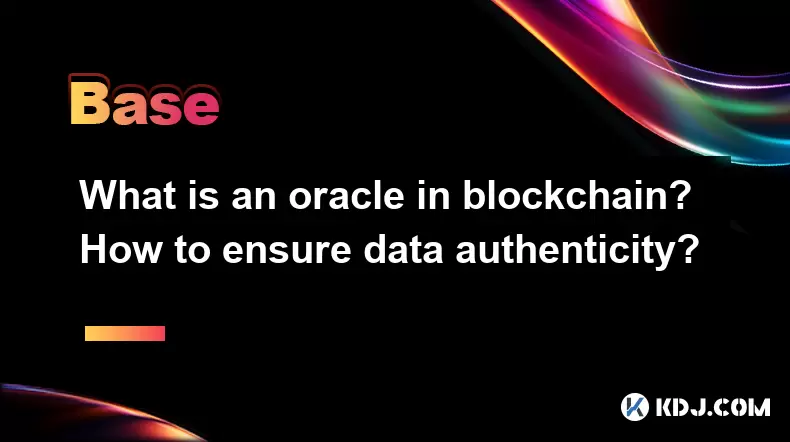
What is an oracle in blockchain? How to ensure data authenticity?
Jun 19,2025 at 08:49pm
Understanding the Role of an Oracle in BlockchainIn the context of blockchain technology, an oracle serves as a bridge between the blockchain and external data sources. While blockchains are inherently secure and decentralized, they cannot access real-world information on their own. Oracles enable smart contracts to interact with off-chain data such as ...
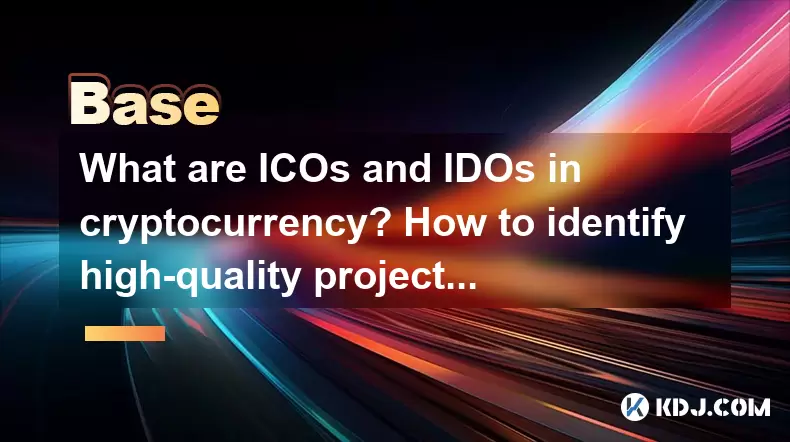
What are ICOs and IDOs in cryptocurrency? How to identify high-quality projects?
Jun 22,2025 at 11:49am
Understanding ICOs in CryptocurrencyInitial Coin Offerings (ICOs) are fundraising mechanisms used by cryptocurrency startups to raise capital for their projects. In an ICO, a company creates and sells its own tokens to investors in exchange for established cryptocurrencies like Bitcoin or Ethereum. The process typically involves the release of a whitepa...
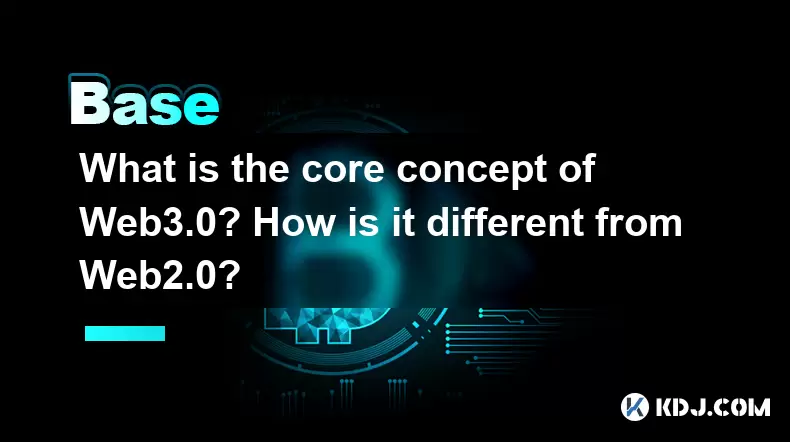
What is the core concept of Web3.0? How is it different from Web2.0?
Jun 21,2025 at 05:56pm
Decentralization as the Foundation of Web3.0The core concept of Web3.0 revolves around decentralization, which fundamentally challenges the centralized architecture of Web2.0. In Web3.0, control and ownership are distributed across a network rather than being held by a central authority or corporation. This is achieved primarily through blockchain techn...

What is blockchain gaming (GameFi)? How to make money while playing?
Jun 20,2025 at 07:56am
Understanding Blockchain Gaming (GameFi)Blockchain gaming, often referred to as GameFi, is a fusion of blockchain technology and video games. It enables players to own in-game assets through non-fungible tokens (NFTs) and earn rewards via cryptocurrencies or token-based systems. Unlike traditional games where items are controlled by centralized develope...
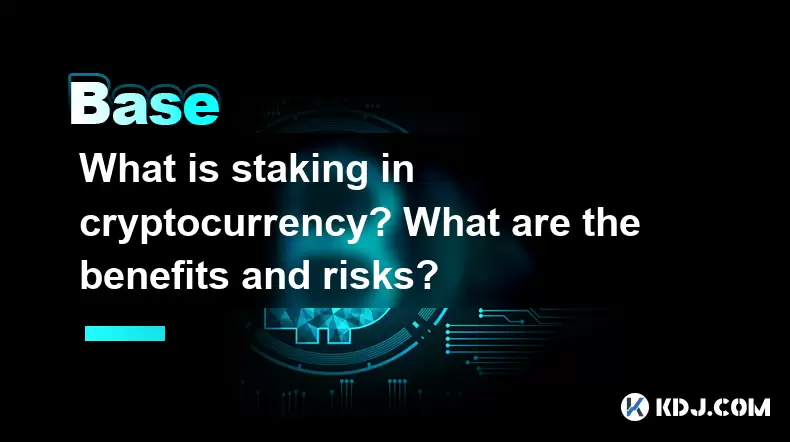
What is staking in cryptocurrency? What are the benefits and risks?
Jun 22,2025 at 10:01am
Understanding the Concept of Staking in CryptocurrencyStaking in cryptocurrency refers to the process of actively participating in transaction validation on a blockchain network that uses a Proof-of-Stake (PoS) consensus mechanism. Instead of miners competing to solve complex mathematical puzzles as in Proof-of-Work systems like Bitcoin, PoS blockchains...

How does the Lightning Network solve Bitcoin congestion? What is the usage process?
Jun 23,2025 at 06:21pm
Understanding Bitcoin Network CongestionBitcoin, as a decentralized digital currency, operates on a blockchain that records every transaction in a public ledger. Each block has a limited size, typically 1 megabyte, which allows for only a certain number of transactions per second (TPS). When the number of transactions increases, the network becomes cong...

What is an oracle in blockchain? How to ensure data authenticity?
Jun 19,2025 at 08:49pm
Understanding the Role of an Oracle in BlockchainIn the context of blockchain technology, an oracle serves as a bridge between the blockchain and external data sources. While blockchains are inherently secure and decentralized, they cannot access real-world information on their own. Oracles enable smart contracts to interact with off-chain data such as ...

What are ICOs and IDOs in cryptocurrency? How to identify high-quality projects?
Jun 22,2025 at 11:49am
Understanding ICOs in CryptocurrencyInitial Coin Offerings (ICOs) are fundraising mechanisms used by cryptocurrency startups to raise capital for their projects. In an ICO, a company creates and sells its own tokens to investors in exchange for established cryptocurrencies like Bitcoin or Ethereum. The process typically involves the release of a whitepa...

What is the core concept of Web3.0? How is it different from Web2.0?
Jun 21,2025 at 05:56pm
Decentralization as the Foundation of Web3.0The core concept of Web3.0 revolves around decentralization, which fundamentally challenges the centralized architecture of Web2.0. In Web3.0, control and ownership are distributed across a network rather than being held by a central authority or corporation. This is achieved primarily through blockchain techn...

What is blockchain gaming (GameFi)? How to make money while playing?
Jun 20,2025 at 07:56am
Understanding Blockchain Gaming (GameFi)Blockchain gaming, often referred to as GameFi, is a fusion of blockchain technology and video games. It enables players to own in-game assets through non-fungible tokens (NFTs) and earn rewards via cryptocurrencies or token-based systems. Unlike traditional games where items are controlled by centralized develope...

What is staking in cryptocurrency? What are the benefits and risks?
Jun 22,2025 at 10:01am
Understanding the Concept of Staking in CryptocurrencyStaking in cryptocurrency refers to the process of actively participating in transaction validation on a blockchain network that uses a Proof-of-Stake (PoS) consensus mechanism. Instead of miners competing to solve complex mathematical puzzles as in Proof-of-Work systems like Bitcoin, PoS blockchains...

How does the Lightning Network solve Bitcoin congestion? What is the usage process?
Jun 23,2025 at 06:21pm
Understanding Bitcoin Network CongestionBitcoin, as a decentralized digital currency, operates on a blockchain that records every transaction in a public ledger. Each block has a limited size, typically 1 megabyte, which allows for only a certain number of transactions per second (TPS). When the number of transactions increases, the network becomes cong...
See all articles

























































































